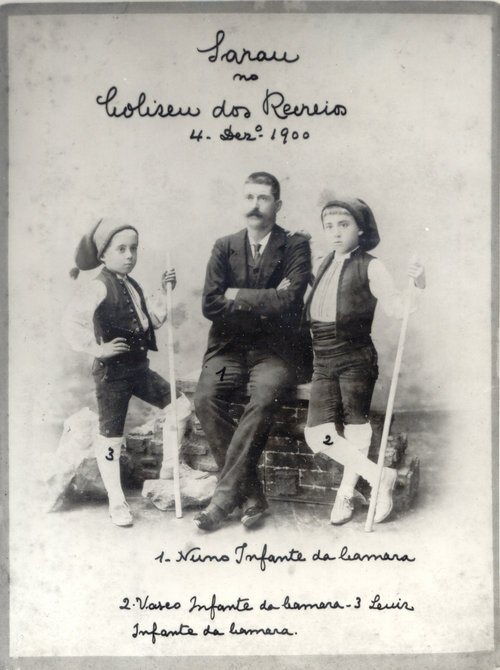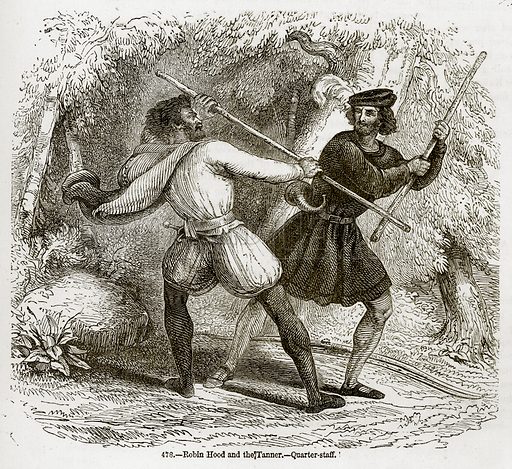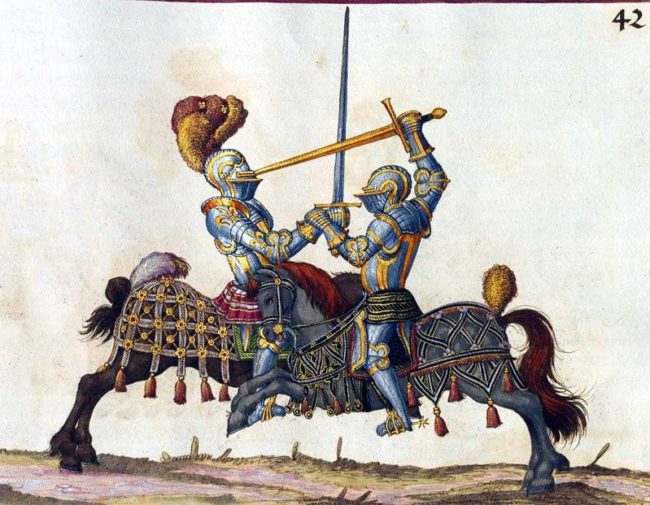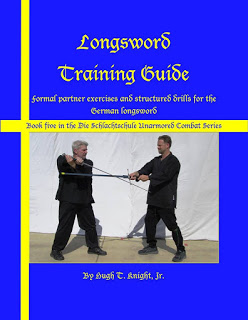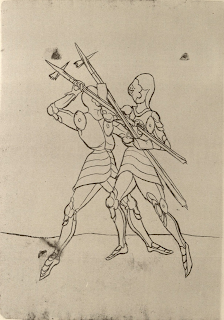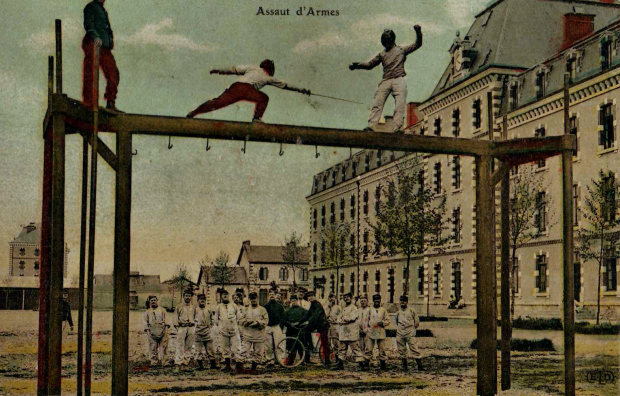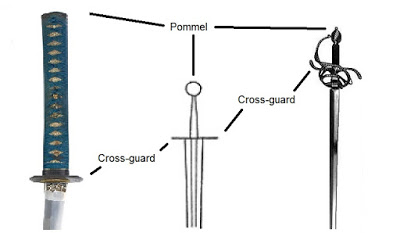Introduction: Bâton Français
The baton was systematized in France during the 1800s and during the mid 1850s baton practice was one aspect of a gymnastics curriculum for French soldiers established at the Joinville military academy. Practice with baton was also popular in 19th century Savate salles. It is likely the baton was popular among various 19th century European…


